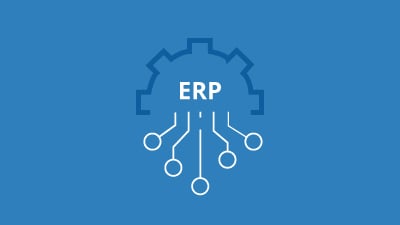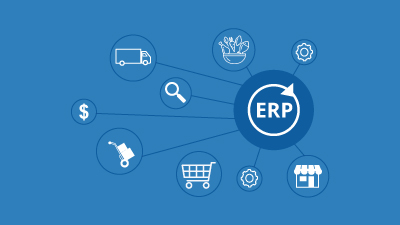The Fourth Era of ERP: What a New Generation of Product Means for End Users

The word unprecedented has been used a lot recently. Unprecedented times. Unprecedented changes. What about unprecedented opportunities? Despite the recent downturn that came as a result of shutdown orders and quarantines, up until March, we spent a decade watching growth. Once this all ends, confidence will return and so will the growth. The question, will you be ready?
According to a recent Gartner report, a new era of ERP is coming, and this will provide unprecedented opportunities for business growth—for those who can claim it.
Unprecedented Change, Unprecedented Growth: How a New Era of ERP Delivers
Whether it’s low-code development, easy access to analytics and reporting tools, or the right tools for the job (no matter who makes them), companies are realizing that if done right, now is the perfect time to get on board modern ERP.
Positioning Yourself for Success
Over the past couple months, companies across the world have turned to technology for a variety of reasons. Necessary communications, accessibility, and collaboration tools were among the most searched, but many companies are missing a major opportunity to position themselves for what’s next.
Few companies think of an ERP change in times of uncertainty, but those who have the foresight are looking beyond the temporary downturn to position themselves for new gains.
“The changing nature of ERP provides unprecedented opportunities for transformation and improvements in efficiency. Gains will only be realized if CIOs are prepared with appropriate expectations, sourcing strategies, technologies, and skills.”
Learn more in: Collaboration in a Socially Distanced World: Starting to See the Benefits of the Cloud Yet?
A New Vision for ERP: Integrated, Easier to Use, and On-Demand
According to the report, the next generation of ERP will be built not as a one-size-fits-all product, but on their ability to accomplish the following:
- Connect easily with other applications despite increasingly varied processes and data architectures. For example, while organizations utilize tools for integration provided by their ERP vendors, these are not the only tools utilized. Organizations are also open to using capabilities that are delivered by iPaaS providers.
- Extend core business capabilities to address functional gaps through sophisticated API models.
- Extend functionality by allowing customers to use “marketplace” style offerings from their consulting partners and platform vendors.
- Empower business end users to develop extension apps by offering low-code to no-code platforms.
This push from core product to process aggregator will change the way that companies buy applications, allowing for increased tailoring, faster deployment, better data management, and a unified operating experience. This on-demand solution will create opportunities—albeit with some challenges.
Positioning Yourself for Success:
With the push from vendor-centric to aggregator-centric, companies will need to be on the lookout for true cloud integration more than ever—especially as more end users start working in ERP. According to the report, organizations wishing to consider an aggregator to augment ERP for enterprise business capabilities should:
- Develop and continuously update a business capability model among all LOBs, even when divisions belong to different industries.
- Choose an aggregator that can support a multicloud strategy. Constraining the cloud platform tears down the culture of trust and limits the adoption of business services.
- Establish an agile application governance model to actively monitor product roadmaps of the various aggregated capability vendors. Do not just hand over strategic management of the individual capabilities. Stay in control of your destiny.
- Don’t forget the “people” and “processes” aspects of innovation. Technology adoption must address long-term organizational change leadership, strong and visible executive sponsorship, effective governance, integration and data management.
- Aggressively adopt enhancements to improve business processes, and decommission customizations.
Learn More: Gartner Report Discusses How to Succeed in an ERP-as-a-Service World
If you’re looking to succeed in a new era of business—and a new era of ERP—you need the right partner to get you there. Cloud 9 ERP Solutions provides solutions that can bring you game changing control over your business. With our flag ship ERP Solution in conjunction with decades worth of experience in business consulting, we can help your business grow to new heights.
Not only are we a Gold Certified Acumatica Partner, we took home some pretty prestigious awards at Summit, including the Evangelist Partner Award, as well as nominations for Excellence “Time to Value” Award and Excellence “Commerce” Award. Learn more about our successes, watch our Acumatica Videos and contact us for a demo.
Additional Resources
5 Risks of Staying on Legacy ERP Software
Top Considerations When Thinking About an ERP Switch


